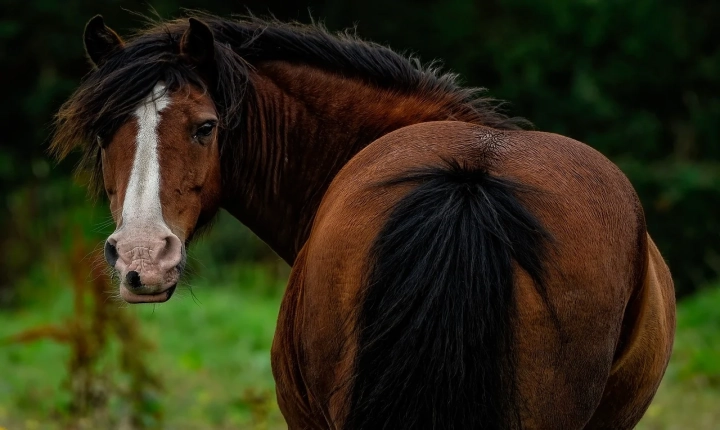Title: The Dark Side of AI Art: How Technology Steals from Artists
In recent years, the world has witnessed a remarkable advancement in the field of artificial intelligence (AI). One of the most intriguing developments has been the emergence of AI-generated art. While AI art has captivated the imagination of many, there is a dark side to this technological innovation that often goes unnoticed – the way it can potentially steal from artists.
AI art, created using algorithms and machine learning, has the capability to produce stunning and thought-provoking pieces of art. These creations have even been displayed in galleries and sold for significant amounts of money. However, the question arises: at what cost to human artists?
One of the primary ways in which AI art can be seen as stealing from artists is the notion of originality. Human artists spend years honing their craft, developing a unique style, and pouring their emotions and experiences into their work. AI, on the other hand, produces art by analyzing existing works and generating new pieces based on learned patterns. While this process can produce visually appealing art, it lacks the depth and soul that human artists infuse into their creations.
Furthermore, the rise of AI-generated art has the potential to devalue the work of human artists. As AI art gains popularity and recognition, there is a concern that it could overshadow the efforts of talented artists, leading to a diminished appreciation for traditional art forms. This devaluation can have significant repercussions on the livelihoods of artists who rely on their work to make a living.
Another aspect of the issue is the ethical considerations surrounding the ownership and rights to AI-generated art. Who owns the rights to an AI-created piece? The individual or company that programmed the AI? The user who initiated the art generation? This gray area can lead to legal and ethical conflicts, leaving human artists at a disadvantage.
Moreover, the financial aspect of AI art cannot be overlooked. As AI-generated art gains popularity, it has the potential to disrupt the art market and affect the ability of human artists to earn a living from their creations. This could lead to a situation where AI art becomes the dominant force in the art world, further marginalizing human artists.
So, what can be done to address these challenges and protect the interests of human artists? Firstly, there needs to be a deeper understanding and recognition of the value of human creativity and emotion in art. While AI art may have its merits, it cannot replace the personal touch and expression of human artists.
Additionally, there should be a concerted effort to establish clear guidelines and regulations regarding the ownership and rights to AI-generated art. This includes ensuring that human artists are adequately credited and compensated for their contributions, even in a landscape where AI plays a significant role.
Lastly, the appreciation and support for human artists should be actively promoted and encouraged. Efforts to raise awareness about the impact of AI art on the artistic community can help foster a greater understanding of the need to protect and uphold the work of human creators.
In conclusion, while AI art holds immense promise and potential, it is crucial to recognize and address the ways in which it can infringe upon the efforts and contributions of human artists. By acknowledging these concerns and taking proactive measures to safeguard the rights and livelihoods of artists, we can strive towards a more equitable and supportive artistic landscape.
